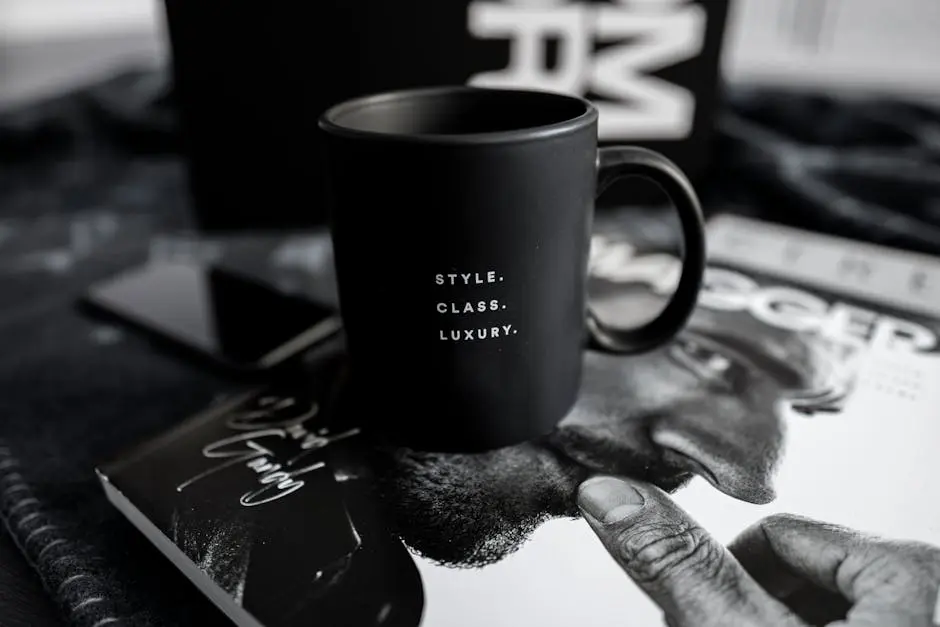In today’s competitive landscape, understanding consumer behavior and market trends is essential for luxury brands seeking growth. Marketing analytics offers valuable insights that can help brands refine their strategies and enhance their offerings. This blog explores how leveraging these analytics can provide luxury brands with a significant edge in the marketplace.
Understanding the Role of Marketing Analytics in Luxury Branding
Marketing analytics is a transformative tool for luxury brands, offering a unique lens through which to view consumer behavior and preferences. This type of analytics not only collects data but also interprets it, enabling brands to gain a deeper understanding of their target audience. Through the examination of purchasing patterns, engagement metrics, and customer interactions, luxury brands can tailor their approach to meet the specific needs of their clientele. The real-time insights provided by marketing analytics allow brands to adapt to market fluctuations faster than ever before.
The integration of marketing analytics into luxury branding strategies fosters a data-driven decision-making culture. By relying on factual insights rather than assumptions, brands can make informed changes to their product lines, marketing channels, and price strategies. This results in a well-rounded approach that resonates more effectively with discerning luxury consumers, who expect personalization and exclusivity. Ultimately, harnessing marketing analytics streamlines the path to achieving a brand’s growth objectives.
Identifying Key Metrics for Luxury Brands
For luxury brands, identifying the right metrics is crucial. Key performance indicators (KPIs) such as customer lifetime value, acquisition costs, and return on investment can provide significant insights into brand effectiveness. Understanding these metrics allows luxury brands to see which marketing strategies yield the highest returns. For instance, luxury brands may discover that their social media campaigns drive effective engagement but do not convert as well as email marketing efforts. This knowledge enables brands to allocate resources more effectively.
In addition to traditional metrics, luxury brands can benefit from qualitative insights. Customer feedback through surveys and social media sentiment analysis can reveal preferences and perceptions that numbers alone cannot convey. By combining quantitative and qualitative data, luxury brands can create a comprehensive performance analysis that drives more effective marketing strategies, ensuring that they are always a step ahead of competitors.
Collecting and Analyzing Consumer Data
The collection of consumer data is the backbone of effective marketing analytics. Luxury brands must utilize various channels—ranging from online purchases to in-store interactions—to gather a holistic view of consumer behavior. Tracking customer journeys across touchpoints allows brands to identify trends and preferences unique to their clientele. By employing sophisticated analytics tools, luxury brands can sift through vast amounts of data to discover actionable insights, which can lead to higher engagement and conversion rates.
Data segmentation is essential in this process. By categorizing consumers based on demographics, purchasing behaviors, and preferences, luxury brands can tailor marketing messages to resonate more deeply with specific audiences. Advanced analytics tools enable luxury brands to create personalized marketing strategies that speak directly to different segments, enhancing the overall consumer experience. Ultimately, the intentional collection and analysis of consumer data is what leads to deeper connections between luxury brands and their customers.
Utilizing Insights to Enhance Customer Experience
Enhancing the customer experience is paramount for luxury brands, and marketing analytics provides the roadmap for achieving this. By analyzing consumer behavior data, brands can create personalized experiences that cater to individual preferences. From targeted recommendations to customized communications, this personalization fosters loyalty and encourages repeat purchases. For instance, a luxury fashion retailer could analyze past purchase data to suggest complementary products, making shopping seamless and enjoyable for their clients.
Moreover, the insights gained from marketing analytics can inform every aspect of the customer journey. Whether it’s optimizing website navigation for easier product finds or refining in-store layouts based on foot traffic analysis, the application is vast. A luxury brand that prioritizes customer experience through data-driven decisions is well poised to not only meet but exceed customer expectations, resulting in elevated satisfaction and brand advocacy.
Driving Strategic Decision-Making with Analytics
Data-driven decision-making is critical for sustained luxury brand growth. With marketing analytics, brands can assess the performance of their marketing campaigns in real time. This agility empowers luxury brands to pivot strategies in response to data trends, ensuring that marketing efforts are always aligned with current consumer desires. By continuously analyzing outcomes and adjusting tactics accordingly, luxury brands can strengthen their market positioning and drive long-term growth.
Additionally, strategic decision-making informed by analytics leads to more effective resource allocation. Brands can identify which channels yield the best performance and adjust their investments accordingly. This ensures that marketing budgets are spent where they have the greatest impact, thereby maximizing ROI. By integrating these insights into their core business strategies, luxury brands can cultivate a proactive stance, rather than merely reacting to market shifts.
Case Studies: Successful Implementation of Marketing Analytics
Examining successful implementations of marketing analytics illustrates its vital role in luxury brand growth. For example, a prestigious watchmaker utilized consumer insights to revamp their marketing strategy. By analyzing customer purchase histories and demographics, they tailored targeted campaigns that showcased new collections to existing patrons while attracting new customers. The result was a significant increase in both online engagement and in-store visits, demonstrating how data-driven strategies can yield tangible benefits.
Another noteworthy case involves a luxury handbag brand that leveraged marketing analytics to enhance their digital presence. By conducting rigorous data analysis of customer interactions across social media platforms, they were able to identify the most resonant channels for their audience. Their strategic pivot led to a more robust online engagement, substantial growth in their follower base, and ultimately, a rise in online sales that had previously stagnated. These case studies underscore the transformative impact that marketing analytics can have on luxury brand strategies.
The Future of Marketing Analytics in Luxury Markets
The future of marketing analytics in luxury markets looks promising, with evolving technologies and techniques set to offer even deeper insights into consumer behavior. As artificial intelligence and machine learning become more integrated into analytics tools, luxury brands will have access to predictive analytics. This advanced processing will allow brands to anticipate consumer trends before they emerge, ensuring that marketing strategies are not only reactive but proactive.
In addition, the rise of social commerce and influencer marketing will necessitate that luxury brands adapt their analytics strategies. Measuring the efficacy of collaborations with influencers and understanding consumer interaction on social platforms will be paramount to maintaining brand relevance. As data privacy regulations evolve, luxury brands must also navigate these changes while ensuring robust data collection practices that provide valuable insights without compromising consumer trust. Overall, the future of marketing analytics is bright and essential for luxury brands aiming to thrive in an ever-changing landscape.
Harnessing the Power of Data for Growth
By effectively utilizing marketing analytics, luxury brands can not only understand their consumers better but also anticipate market changes and drive growth. The ability to tailor marketing strategies based on data insights is crucial for standing out in the luxury sector.

